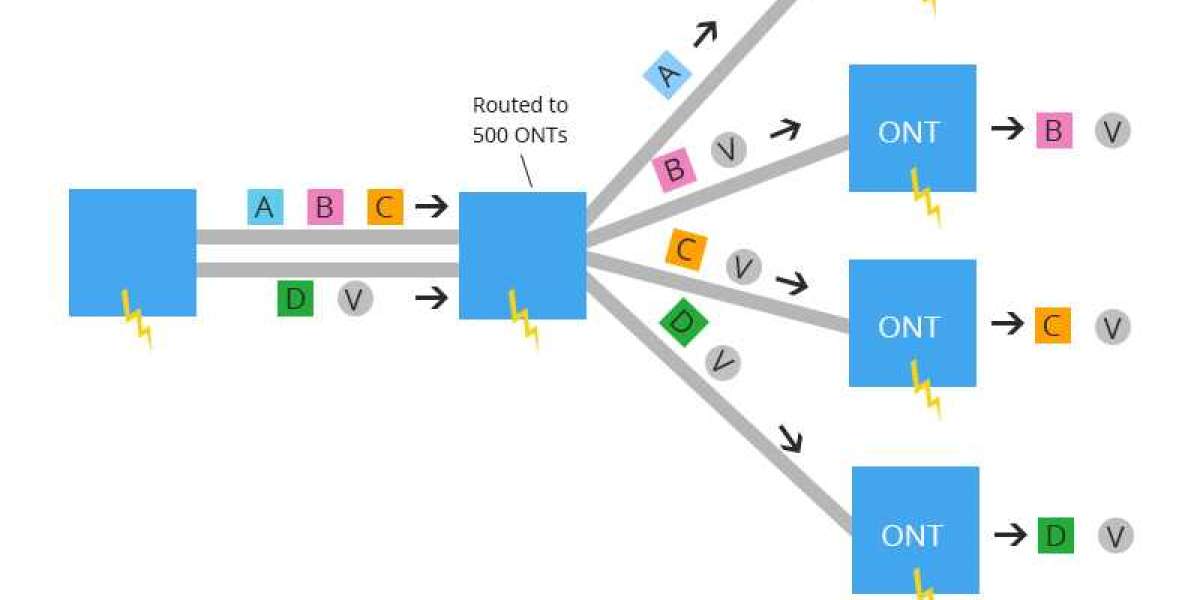Active Optical Network (AON) and Passive Optical Network (PON) are two different architectures used for the implementation of fiber optic communication networks.
The main difference between AON and PON is the way they distribute the signal from the central office to the end users. In AON, the signal is transmitted using active components such as optical amplifiers and repeaters, while in PON, the signal is distributed passively without the use of any active components.
Some key differences between AON and PON are:
- Architecture: AON is a point-to-point architecture, where each end user has a dedicated fiber connection to the central office. PON is a point-to-multipoint architecture, where a single fiber connection from the central office is shared among multiple end users using passive optical splitters.
- Cost: AON requires more active components such as amplifiers and repeaters, which can make it more expensive than PON. PON requires fewer components and can be less expensive to deploy and maintain.
- Distance: AON can cover longer distances than PON due to the use of active components that boost the signal strength. PON has a distance limitation due to the signal loss caused by the passive optical splitters.
- Bandwidth: AON can provide more bandwidth to each end user due to the use of active components that can boost the signal strength. PON has a limited bandwidth that is shared among multiple end users.
In summary, AON is a point-to-point architecture that requires more active components and can cover longer distances and provide more bandwidth. PON is a point-to-multipoint architecture that requires fewer components, can be less expensive, and has a distance limitation and limited bandwidth.
More info: active optical network



